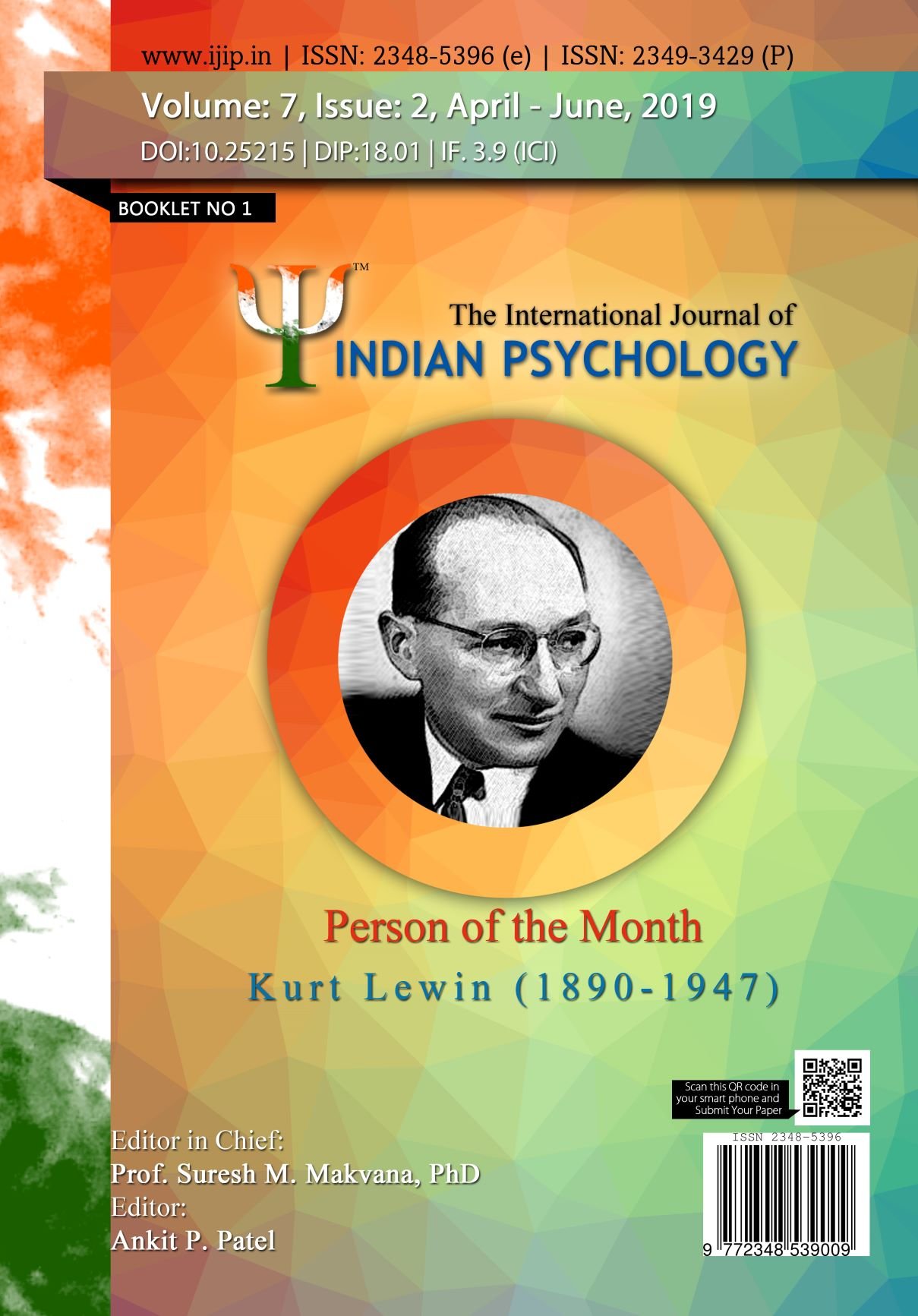A Comparative Study of Cyber Bullying among Undergraduate Students
DOI:
https://doi.org/%2010.25215/0702.030Keywords:
Cyber bullying, Undergraduate, Student, BhavnagarAbstract
Aims: The present study main aim comparison on cyber bullying among under graduate student reference to Bhavnagar district area. Sample: The present study sample 360 students from Bhavnagar district areas different collages. Research Design: In this research 2 x 2 x 3 factorial design was used for the study. Tools: Cyber Bullying scale developed by Hinduja S. and Patchin J., (2015) was used. In this scale 18 statement and two dimension like Cyber bullying victimization and cyber bullying offending. Internal Reliability: Cyberbullying Victimization Scale – previous 30 days (Cronbach’s Alpha range 0.867-0.935) Cyberbullying Offending Scale – previous 30 days (Cronbach’s Alpha range 0.793-0.969) Results: The male respondents have more favorable cyber bullying than the female respondents from all three education stream. The more than 4 hours used students are favorable cyber bullying on 1 to 4 hours used students. There is a significant difference on cyber bullying related to education stream among men and women. B.A. education stream respondents are having high cyber bullying. There is no considerable effect with gender and timing hours on cyber bullying of the different gender, timing hour’s different colleges students. Significant interaction effect gender and different education stream (AXC) on cyber bullying of the different college students. The considerable effect of timing hours and education stream (BXC) on cyber bullying of the different college students. There will be no significant interaction effect in score on cyber bullying of gender, timing hours and education stream.Metrics
No metrics found.
Published
2022-11-05
How to Cite
Ajay Chauhan. (2022). A Comparative Study of Cyber Bullying among Undergraduate Students. International Journal of Indian Psychȯlogy, 7(2). https://doi.org/ 10.25215/0702.030
Issue
Section
Articles


